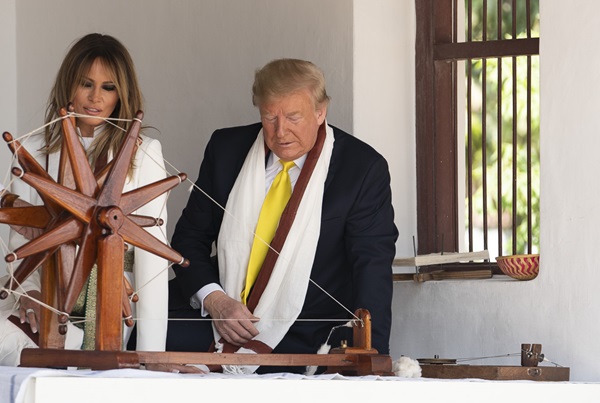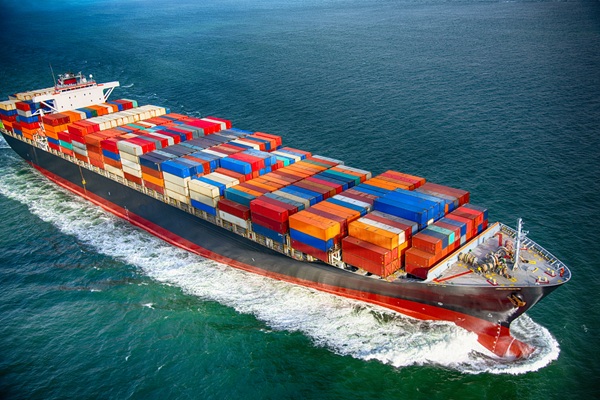.png)
July 2, 2025 at 5:12 PM IST
The timing of the United States’s trade deal with Vietnam is significant for India, which is currently in the final stages of negotiating its own bilateral trade agreement with Washington, thinktank Global Trade Research Initiative said in a release.
As the details of US-Vietnam emerge, Indian negotiators must closely study the shortcomings, especially the reversal of earlier concessions, the imposition of blanket tariffs, and the vague treatment of Rules of Origin, it said.
These features reveal a clear US tilt toward securing unilateral gains. For India, ensuring tariff parity, enforceable commitments, and adequate protections for key sectors will be critical to avoid a similarly one-sided outcome.
“This is not modernization—it’s a step backward,” GTRI quoted an expert as saying. “The U.S. is punishing one of its most important trading partners in the name of political optics.”
Skewed Deal
President Donald Trump on Tuesday announced the new bilateral tariff agreement with Vietnam. While the deal grants duty-free access for all US exports to Vietnam, it significantly raises tariffs on Vietnamese exports to the US, a sharp deviation from past commitments under the landmark 2000 US–Vietnam Bilateral Trade Agreement.
For Indian exporters eyeing Vietnam as a competitor and partner in regional value chains, the deal presents both cautionary lessons and strategic implications.
Under the newly announced pact, Vietnamese goods entering the US will face a 20% import tariff, down from the earlier proposed country specific tariffs of 46%, but still double or triple the rates allowed under the 2000 BTA.
That earlier agreement, in effect since December 2001, allowed Vietnamese goods, such as textiles, footwear, seafood, furniture, handicrafts, and agricultural products, to enter the US market at concessional tariffs ranging between 2% and 10%. This preferential access helped boost Vietnam’s exports to the US from just $800 million in 2001 to over $135 billion today.
GTRI analysts say the new flat 20% tariff effectively nullifies the earlier BTA concessions and could erode Vietnam’s hard-earned competitiveness in the American market. “This move disregards the legal and economic framework that has governed U.S.–Vietnam trade for nearly two decades,” noted one expert.
Perhaps more controversial is the inclusion of a 40% tariff on “transshipped” goods—products originally made in a third country like China but routed through Vietnam. The US administration claims the clause will block circumvention of China tariffs. However, GTRI experts argue this clause rests on shaky legal ground.
“Transshipment does not alter the country of origin,” GTRI noted in a briefing. “If a product is made in China, it remains Chinese regardless of the shipping route, and is already subject to the appropriate US tariff. Imposing a separate 40% duty based on routing alone is both arbitrary and WTO-inconsistent.”
The deal also fails to clarify how the US will treat goods that are partially manufactured in China but undergo final assembly or value addition in Vietnam, a common practice in global manufacturing networks. Without robust, verifiable Rules of Origin, customs authorities may struggle to determine which goods qualify for which tariff, creating uncertainty for global supply chains that link India, Vietnam, and the US
As the US reconfigures its trade architecture in Asia, Indian exporters and policymakers will be watching closely, both for opportunities and warning signs.




